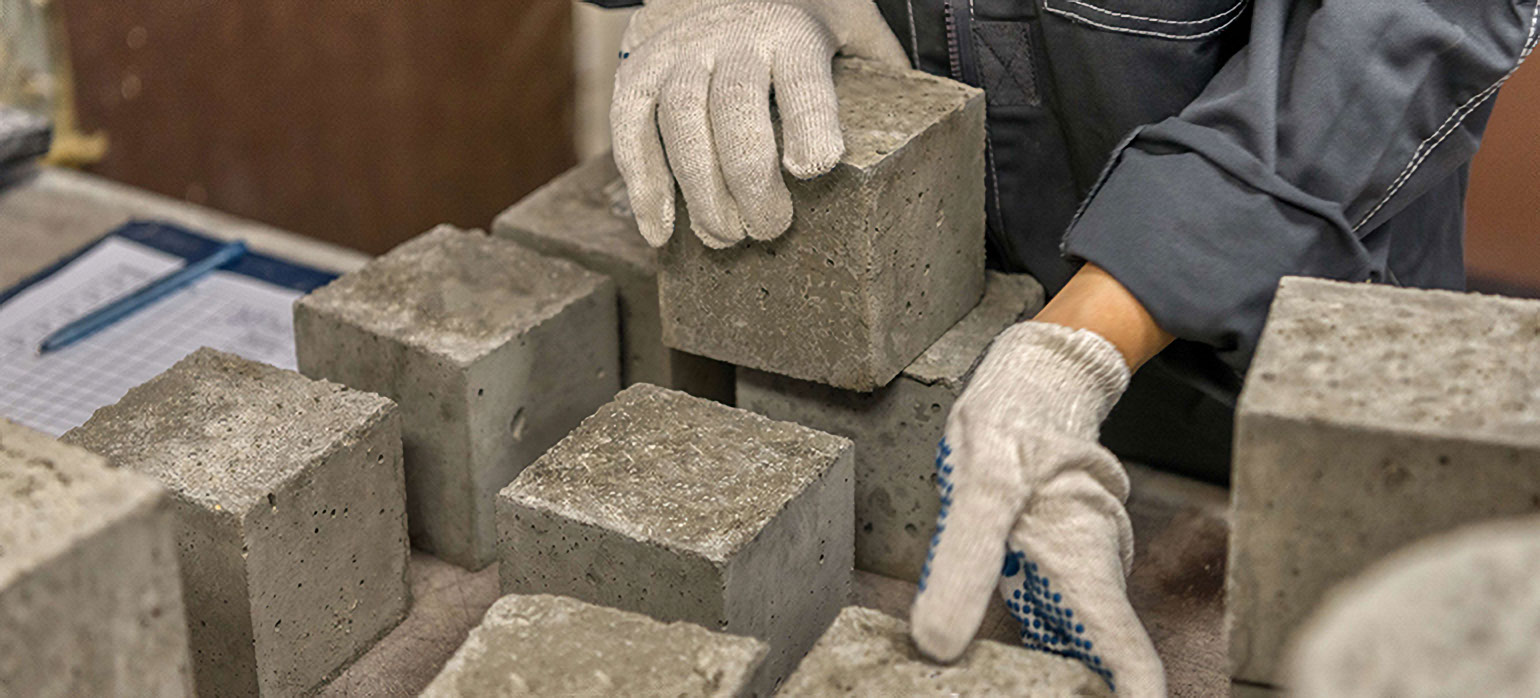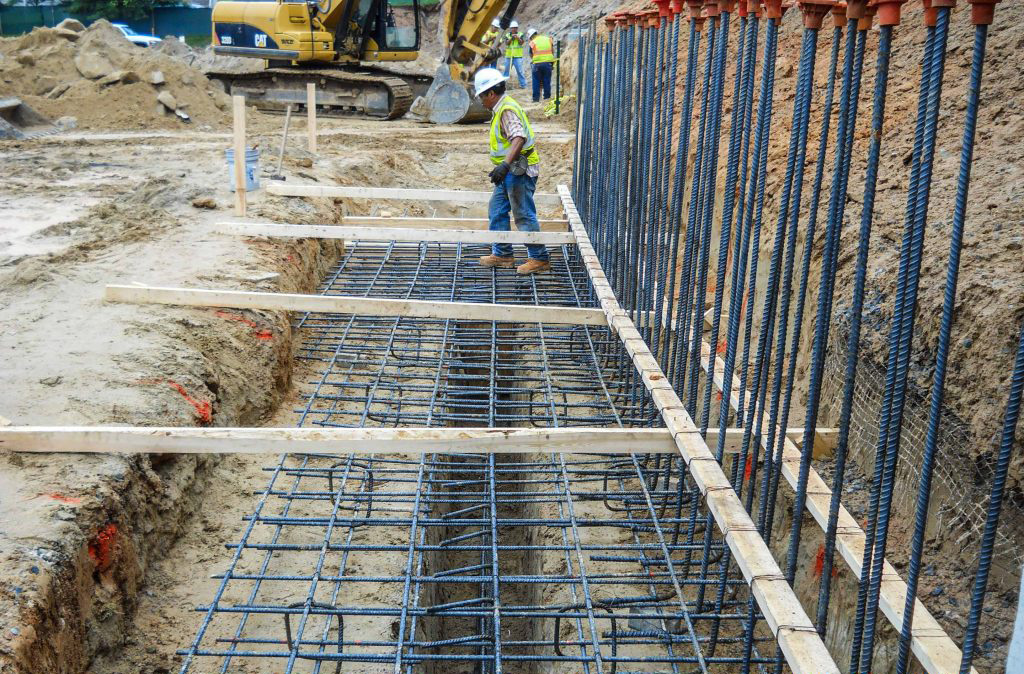Introduction:
Construction materials testing plays a critical role in ensuring the safety, durability, and performance of infrastructure projects. Over the years, advancements in technology and methodologies have revolutionized the field of materials testing, enabling engineers and construction professionals to make more informed decisions and achieve higher standards of quality and efficiency. In this blog, we will explore some of the latest advancements in construction materials testing and their impact on the construction industry.
1. Non-Destructive Testing (NDT) Techniques:
Non-destructive testing methods have become increasingly popular in construction materials testing due to their ability to assess the properties of materials without causing damage. Techniques such as ultrasonic testing, radiographic testing, and ground-penetrating radar allow engineers to evaluate the integrity of structures, detect defects, and assess material properties with precision and accuracy. NDT techniques are particularly useful for assessing concrete quality, detecting voids or delaminations, and evaluating the condition of infrastructure assets such as bridges and tunnels.
2. Advanced Sensors and Monitoring Systems:
The integration of advanced sensors and monitoring systems has revolutionized the way construction materials are tested and evaluated in real-time. Sensors embedded within concrete structures can measure parameters such as temperature, moisture, strain, and corrosion, providing valuable data on material performance and structural health. Wireless sensor networks and IoT (Internet of Things) technology enable continuous monitoring of construction sites and infrastructure assets, allowing for early detection of potential issues and proactive maintenance interventions.
3. Digital Imaging and Machine Learning:
Digital imaging technologies, coupled with machine learning algorithms, have transformed the way construction materials are analyzed and characterized. High-resolution imaging techniques such as optical microscopy, scanning electron microscopy (SEM), and X-ray computed tomography (CT) enable detailed examination of material microstructures and properties at the microscopic level. Machine learning algorithms can analyze vast amounts of imaging data to identify patterns, anomalies, and predictive indicators of material behavior, facilitating more accurate predictions and decision-making in construction materials testing.
4. 3D Printing and Additive Manufacturing:
Advancements in 3D printing and additive manufacturing have opened up new possibilities for fabricating construction materials and components with enhanced properties and performance. Additive manufacturing techniques allow for the precise control of material composition, geometry, and structural integrity, leading to the development of innovative materials such as high-performance concrete, fiber-reinforced composites, and customized construction elements. 3D printing technology enables rapid prototyping, customization, and on-site fabrication of construction components, reducing waste, time, and costs associated with traditional manufacturing processes.
5. Sustainable and Recycled Materials:
The increasing emphasis on sustainability and environmental responsibility has prompted the development of construction materials testing methods for assessing the performance of sustainable and recycled materials. Techniques such as life cycle assessment (LCA), carbon footprint analysis, and eco-labeling enable engineers to evaluate the environmental impact of construction materials throughout their entire life cycle, from extraction and production to use and disposal. Testing protocols for recycled aggregates, fly ash, slag, and other alternative materials help ensure their suitability for construction applications while minimizing environmental footprint and resource depletion.
Conclusion:





